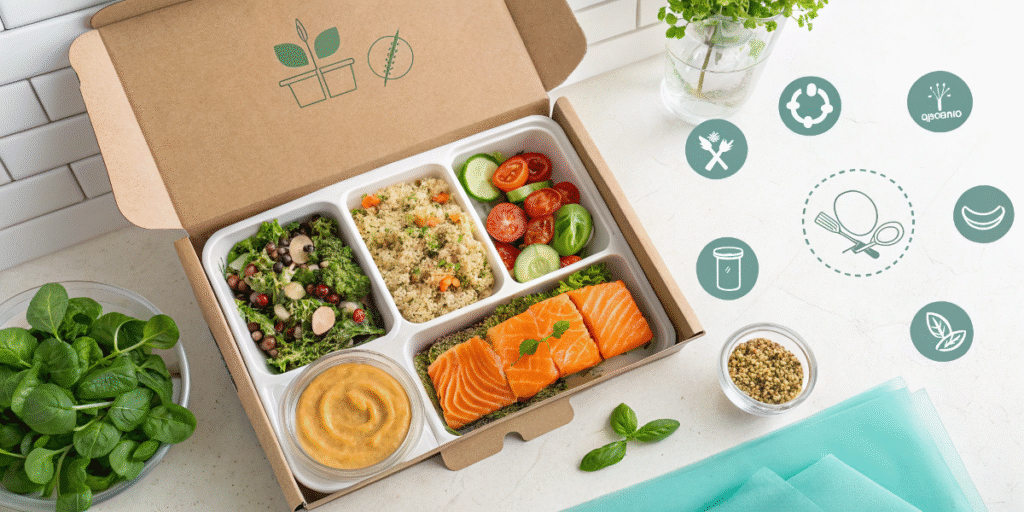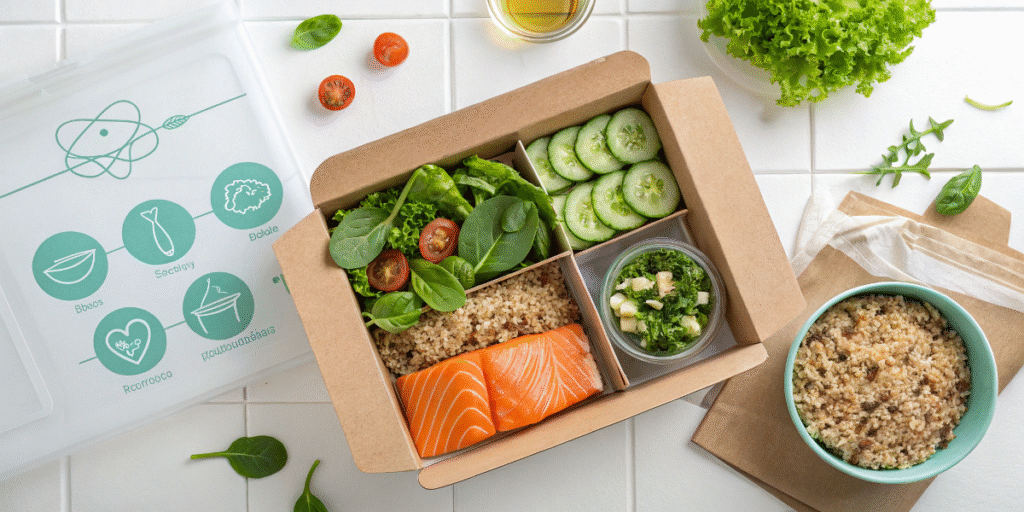
Let’s face it—our modern lives are busier than ever. Between work, family, and self-care, cooking a nutritious, gut-friendly meal from scratch can feel like climbing a mountain. That’s where Factors Meals (also known as Factor_) come in. They promise chef-crafted, dietitian-approved, ready-to-eat meals delivered to your door. But here’s the big question: are Factors Meals actually good for your gut?
If you’ve ever struggled with bloating, gas, IBS, or just want better digestion, the convenience of ready-made meals might seem like a double-edged sword. In this in-depth review, we’ll break down the pros and cons of Factors Meals from a gut health perspective. We’ll also share expert research, nutritional insights, and even personal experience to guide your decision.
Let’s dive in.
What Are Factors Meals?
Factor’s official site offers a U.S.-based meal delivery service owned by HelloFresh. The company specializes in fresh, not frozen, ready-to-eat meals that cater to various dietary lifestyles including:
- Keto
- Paleo
- High-Protein
- Vegan & Vegetarian
- Calorie-Smart
- Chef’s Choice
Meals arrive fully prepared—just heat and eat. Each recipe is designed by dietitians and chefs, promising clean ingredients and minimal prep time. In fact, they are marketed as both time-saving and health-conscious.
Why Gut Health Matters in Meal Planning
Before we assess Factors Meals, let’s quickly highlight why gut health should be a top priority:
- 80% of your immune system resides in your gut.
- A healthy gut improves mood, digestion, energy, and weight management.
- Disruptions in the microbiome (the community of bacteria in your gut) can lead to IBS, inflammation, and nutrient malabsorption.
Therefore, choosing the wrong meals—especially those high in additives, sugar, refined carbs, or unhealthy fats—can throw your gut into chaos. So, let’s evaluate where these ready-made meals stand.
Ingredients: Do They Support Digestive Wellness?
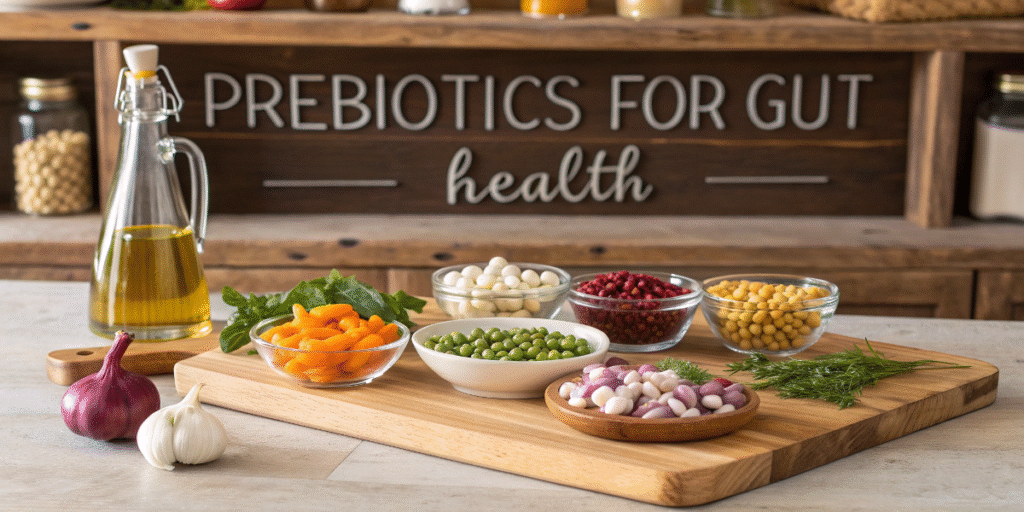
✅ The Good
- Whole Food Focus: Many dishes include whole, unprocessed ingredients like quinoa, sweet potatoes, salmon, leafy greens, and lentils.
- No Artificial Preservatives: This provider states that their meals are free from artificial preservatives and GMOs.
- Low Sugar: Most items are low in added sugars, which is a win for gut bacteria balance.
- Diverse Fiber Sources: Some recipes feature prebiotic-rich ingredients such as garlic, onions, and cruciferous vegetables.
As a result, these features can support a healthier digestive tract when meals are chosen wisely.
⚠️ The Potential Concerns
- Low in Fermented Foods: You won’t find sauerkraut, kefir, miso, or kimchi in their meals—foods known to introduce good bacteria into the gut.
- Fiber Content Varies: While some meals include fiber-rich ingredients, others fall short of the recommended 25–30g daily fiber intake.
- Seed Oils in Some Recipes: A few meals contain oils like canola or sunflower oil, which may be inflammatory in sensitive individuals.
Despite their whole-food promise, some choices might not meet every gut-health requirement.
🔗 Source: Harvard Health – Gut Microbiome and Diet
Factors Meals Variety: Gut-Friendly Options or Just Trendy?
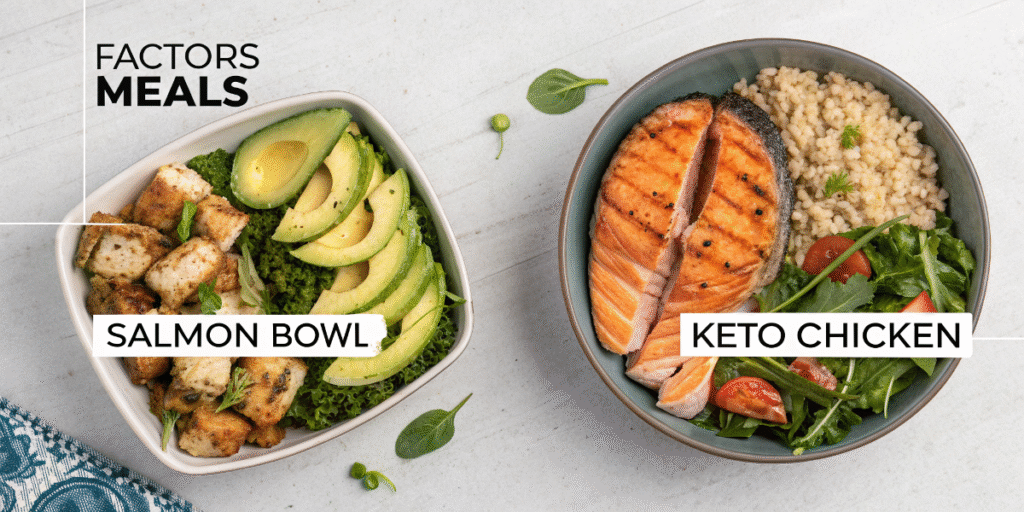
Let’s analyze a few sample dishes from this brand:
| Meal Name | Key Gut Health Ingredients | Concerns |
|---|---|---|
| Herb-Crusted Salmon with Veggies | Salmon, broccoli, zucchini | Low in fiber unless portion is large |
| Vegan Mushroom Marsala | Lentils, mushrooms, onions | Good source of prebiotics, moderate fiber |
| Keto Creamy Tomato Chicken | Chicken breast, tomato cream sauce | Low fiber, heavy cream may upset IBS guts |
| Greek Couscous Bowl (Vegetarian) | Whole wheat couscous, olives, spinach | High in fiber and polyphenols |
Verdict: Some meals clearly support gut health. However, others—especially heavy keto dishes—may lack fiber and variety for a thriving microbiome.
Personal Experience: A Gut-Conscious Taste Test

I personally tried a 1-week subscription from this meal provider, selecting options from their “Vegan & Veggie” and “Calorie Smart” plans.
Digestive Results:
- Day 1–2: Easy digestion, no bloating, energy stayed consistent.
- Day 3–4: A little backed up—fiber seemed lower than expected.
- Day 5–7: I adjusted by adding chia pudding and sauerkraut to meals, which helped restore regularity.
What I noticed:
- No major gut flare-ups (a win for sensitive stomachs).
- High sodium levels in some dishes (over 700mg per serving) could be problematic for some.
- Meals are very filling, but portion control matters for those with sluggish digestion.
Overall, the experience was positive, though fiber levels still required attention.
Nutritionist Insights: What the Experts Say
According to registered dietitian Erica Zellner, RDN:
“Prepared meals like those from Factor can be a gut-friendly option if you’re choosing high-fiber, minimally processed dishes. But your gut needs variety, fermented foods, and plenty of plant-based fiber to stay happy long-term.”
In other words, convenience is helpful—but not a substitute for true variety and balance.
🔗 Related read: Cleveland Clinic – How to Eat for Gut Health
The Fiber Factor: Are You Getting Enough?
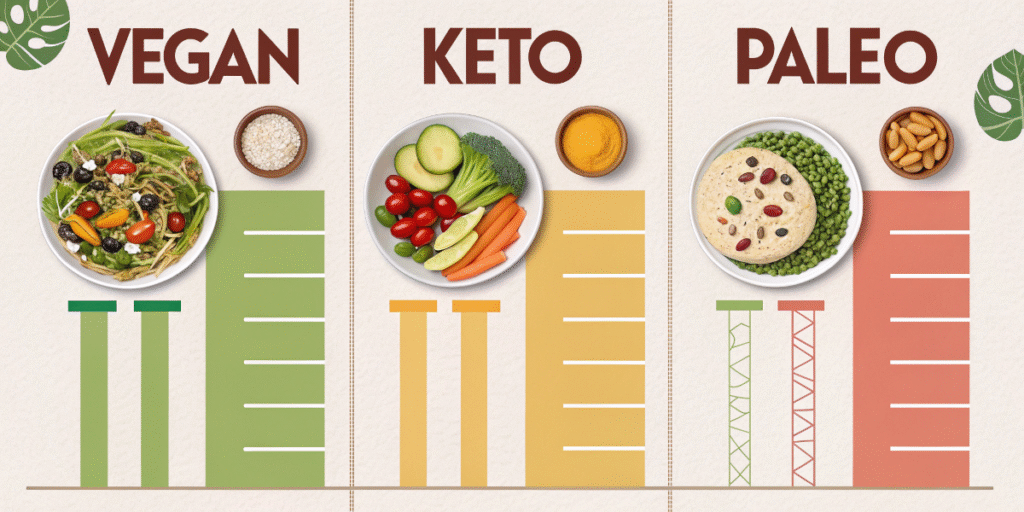
The average American only gets 15g of fiber per day, but the recommended is at least 25–30g. Here’s how this service measures up:
| Meal Type | Estimated Fiber (g) | Comment |
|---|---|---|
| Vegan/Vegetarian | 6–10g | Best option for fiber and gut support |
| Paleo | 3–6g | Depends on vegetable content |
| Keto | 1–3g | Often too low in fiber for microbiome health |
💡 Tip: Supplement low-fiber meals with a gut-friendly side dish like psyllium husk, sauerkraut, or a green smoothie.
Comparison: Factors Meals vs. Gut-Focused Brands
| Brand | Pros | Cons |
|---|---|---|
| Factors Meals | Convenient, clean ingredients, diet variety | Inconsistent fiber, lacks fermented foods |
| Daily Harvest | Organic, fiber-rich, smoothie options | Less protein, not always filling |
| Territory Foods | Local chefs, paleo/whole food focus | Limited national availability |
| Thistle | Plant-based, gut-supportive ingredients | Smaller portions, may need supplementation |
Recommended reading:
Final Verdict: Are Factors Meals Good or Bad for Your Gut?

The verdict is mixed—but promising.
This meal delivery service is a solid choice for people looking to eat cleaner and save time, with clear benefits like whole food ingredients, low sugar, and convenience. However, from a gut health standpoint, they fall short in a few key areas: fiber consistency, fermented food content, and ingredient diversity.
If you choose wisely—prioritizing plant-based meals and supplementing with fermented or high-fiber sides—you can absolutely make Factors Meals part of a gut-friendly routine.
Your Gut, Your Rules: Make Your Meals Work for You
Choosing gut-friendly meals doesn’t have to mean hours in the kitchen. This brand can be part of your toolbox—just don’t rely on them exclusively.
💬 Have you tried Factors Meals before? Did your gut thank you or rebel? Let us know in the comments.
📩 Want more gut-friendly insights? Subscribe to our newsletter and get weekly wellness tips, recipes, and reviews delivered straight to your inbox.
🛒 Ready to boost your fiber? Check out our Top 10 Gut Health Supplements that pair perfectly with prepared meals.

